Shed Antlers
An offshoot of mammal watching I enjoy: looking shed deer antlers in the spring. My blog today concerns those who take this activity way too far and start to threaten wildlife by doing so.
2 Comments
Leave a Reply
You must be logged in to post a comment.


John Fox
Pretty interesting post, Matt, I had no idea.
I didn’t follow all of the links and maybe some of them mention this, but I have read that rodents use shed antlers as a source of calcium. I’d think that they are also a likely source of phosphorous.
Knowing that mineral intake is crucial to human health, I’d also think that it is crucial to the health of mammals in general.
John Kricher’s “A Neotropical Companion” talks about recycling minerals in an ecosystem. There are a finite number of mineral molecules and decaying leaves, etc. release the minerals into the soil to be used by the next generation of plants for energy and structure.
It would be an interesting study to see if seeding some winter grounds, where sheds are aggressively collected, with calcium carbonate or calcium phosphate made any difference to the rodent populations.
I know that large mammals are easier to argue for than rodents, but seeing a K-Rat or Deermouse is a lot more exciting to me than seeing another deer.
John